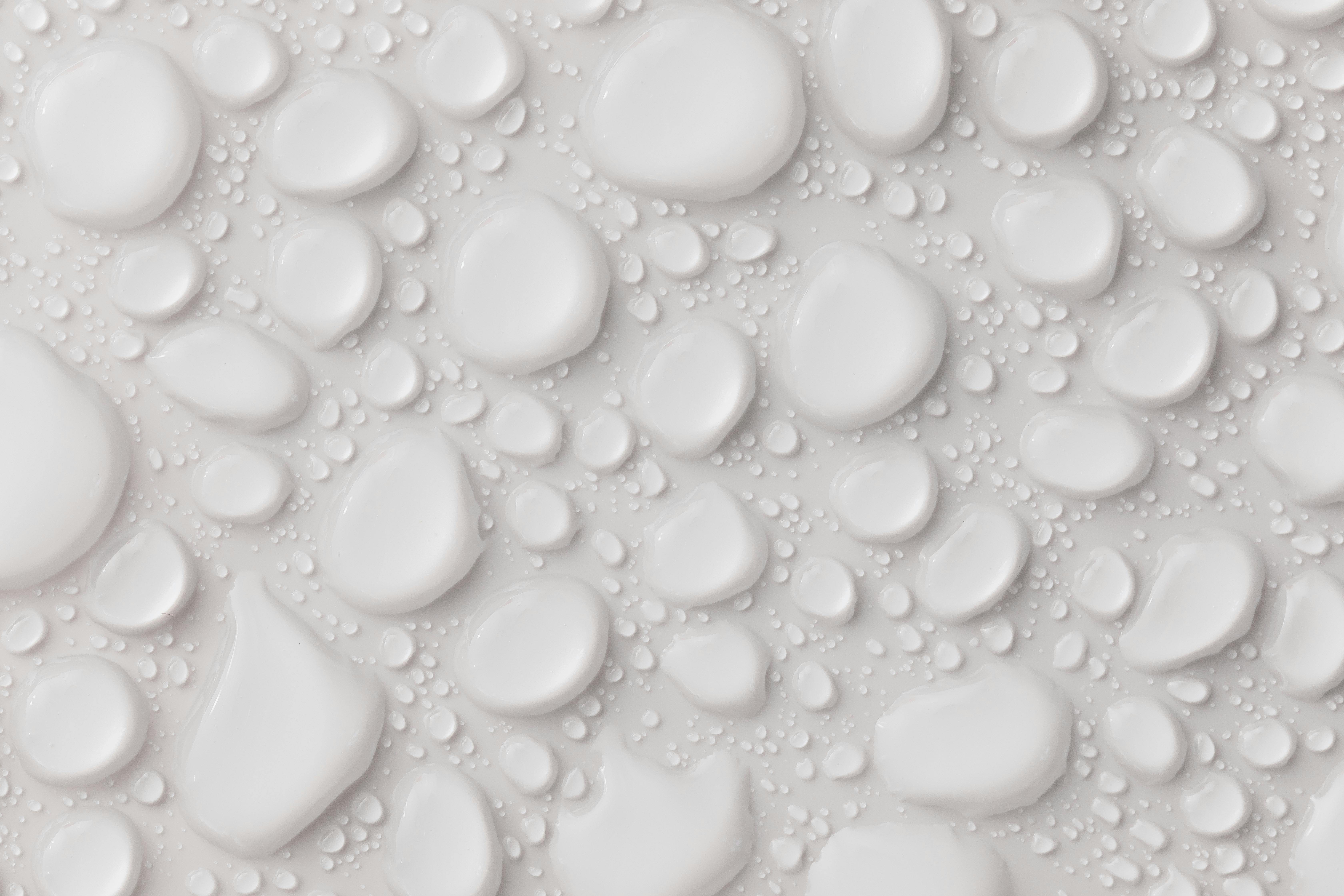The main difference between simple and fractional distillation is that simple distillation is used to separate two liquids that have a large difference in boiling point, while fractional distillation is used to separate liquids that have a small difference in boiling point. Simple distillation relies on the differences in boiling points of the two liquids, while fractional distillation relies on vaporization and condensation to separate the liquids.Simple distillation is a method of separating the components of a liquid mixture using their different boiling points. In this process, the liquid mixture is heated until one component boils off. The vapour produced is then condensed back into a liquid and collected in a separate container. This process is repeated until all of the components have been separated from each other.
What Is Fractional Distillation?
Fractional distillation is a process used to separate a complex mixture of liquids into its individual components. It works by heating the mixture to its boiling point, allowing the components with lower boiling points to evaporate first. The resulting vapors are then cooled and condensed into separate liquid fractions. This process can be used to purify chemicals, refine petroleum products, produce alcoholic beverages, and more.
The key to fractional distillation is that it takes advantage of the different boiling points of the individual components in a mixture. As the mixture is heated, the components with lower boiling points will evaporate first, leaving behind those with higher boiling points. By cooling and condensing the vapors produced from this process, it’s possible to collect each component in its own separate container as a liquid fraction.
Fractional distillation is often used in industrial settings, as it allows for efficient separation of a variety of chemical compounds and other products. For example, it can be used to refine crude oil into useful petroleum products like gasoline and kerosene. It can also be used to
Simple and Fractional Distillation
Simple distillation and fractional distillation are two methods used to separate liquid mixtures. Simple distillation is suitable for separating liquids that have a large difference in boiling points, while fractional distillation is more suitable for separating liquids with minor differences in boiling points. The primary difference between the two methods lies in the number of theoretical plates used in each process. In simple distillation, only one theoretical plate is used, while fractional distillation uses multiple plates. This allows fractional distillation to achieve much higher levels of purity than simple distillation can.
Simple distillation uses a single condenser to condense vaporized liquid mixture from a heated flask and collect it before it re-vaporizes. It is suitable for separating liquids that have a large difference in boiling points, such as water and ethanol or water and methanol. However, with simple distillation, the level of purity achieved is usually low (around 95%).
Fractional distillation utilizes multiple theoretical plates to separate liquid mixtures that have minor differences in their boiling points. This method works by re-condensing the
The Process of Simple Distillation
Simple distillation is a process that is used to separate mixtures of liquids. It involves the boiling of a liquid mixture and the subsequent condensation and collection of the distillate. The process relies on the fact that different liquids have different boiling points, so that when heated, they will evaporate at different temperatures. The vaporized liquid is then condensed and collected in a separate container, which can be used to separate out the various components in the mixture.
The process of simple distillation begins with heating the mixture of liquids until it reaches its boiling point. This causes some of the components in the mixture to evaporate, while others remain as a liquid. The vaporized liquid is then cooled, either by passing it through a condenser or by using cold water or ice. The cooled vaporized liquid then condenses back into a liquid state and can be collected in a glass container known as a distilling flask.
The most common type of simple distillation set-up consists of three main pieces: a boiling flask, where the liquid mixture is heated; an adapter, which connects the boiling flask to the
The Process of Fractional Distillation
Fractional distillation is a process used to separate a mixture of liquids into its component parts, or fractions. It is one of the most important and widely used laboratory techniques for the purification of liquids. The process involves heating the mixture to its boiling point, then condensing the vapors and collecting the fractions as they form. The fractions are collected based on their boiling points, which are determined by their molecular structure and composition.
Fractional distillation begins with the heating of a liquid mixture in a vessel called a still pot. As the temperature increases, different components within the mixture begin to vaporize at different temperatures, forming a vapor consisting of all the components in the mixture. The vapor then rises up through a fractionating column, which is typically filled with packing material such as glass beads or metal mesh.
As the vapor passes through this column, it begins to cool and condense. As it cools, each component will condense at its own particular temperature and be collected in a separate receiver vessel located at each stage along the fractionating

Advantages of Simple Distillation
Simple distillation is a process used to separate components of a liquid mixture by boiling the mixture and collecting the vapors. It is one of the most common laboratory techniques, used to purify liquids. It has several advantages over other distillation techniques, making it an ideal choice for many applications.
One of the main advantages of simple distillation is its cost-effectiveness. The process requires minimal equipment and can be performed quickly and easily, which reduces labor costs and makes it more affordable than other distillation methods. Additionally, since simple distillation requires less energy than other processes, it can also save on energy costs.
Another advantage of simple distillation is its ability to separate components with similar boiling points. Unlike fractional distillation, which requires the use of a column to separate compounds with close boiling points, simple distillation can be used to separate mixtures containing compounds with nearly identical boiling points. This makes it an ideal choice for separating some types of mixtures that would be difficult to separate by other means.
Simple distillations are also relatively safe compared to other methods as they involve lower temperatures and pressures
Advantages of Fractional Distillation
Fractional distillation is a process used to separate components of a mixture by heating the mixture to its boiling point and then condensing the vaporized components in separate chambers. This process has numerous advantages, including higher purity levels, greater control over the separation process, and more efficient use of resources.
The primary advantage of fractional distillation is that it yields higher purity levels than other types of separation techniques. This is because each component of the mixture can be separated in a controlled manner, allowing for greater control over how much of each component is retained in the final product. Additionally, fractional distillation allows for more efficient use of resources since only the components that are necessary to achieve desired purity levels are separated from the mixture.
Another advantage of fractional distillation is that it offers greater control over the separation process. By controlling the temperature at which each component boils off, it is possible to selectively retain or remove specific components from the mixture. This can be especially useful when attempting to separate components that have similar boiling points and would be difficult to separate using other methods.
Finally, fractional distillation can
Advantages of Simple Distillation
Simple distillation is a process which involves the separation of components of a mixture based on their volatility. This method has several advantages over other distillation techniques. Firstly, it is relatively inexpensive and simple to perform. It requires minimal equipment and can be completed in a short amount of time, making it an ideal choice for small-scale operations. Secondly, the process is highly efficient, with excellent purity levels achievable. Finally, it can be used to separate mixtures containing both volatile and non-volatile components, which makes it suitable for a wide range of applications.
Disadvantages of Simple Distillation
Despite its advantages, simple distillation also has some drawbacks which should be taken into consideration before deciding to use this method. As with any distillation technique, there are limitations in terms of the range and types of compounds that can be separated using simple distillation. For example, due to the low-temperature nature of the process, thermally labile compounds will not survive the process without decomposing or degrading. Additionally, since only two components can be separated at one

Conclusion
Simple distillation is used to separate two liquids that have different boiling points, while fractional distillation is used to separate multiple liquids that have very similar boiling points. Simple distillation works by heating a mixture and collecting the vapor as it passes through a condenser. Fractional distillation works by repeatedly cooling and reheating the vapor to separate components of the mixture. Both processes can be used to purify liquid mixtures, but fractional distillation is more effective for separating components with similar boiling points. In addition, fractional distillation requires more time and energy than simple distillation.
To summarize, simple and fractional distillation are both valuable techniques for separating liquid mixtures. The main difference between them is that simple distillation is used for separating two liquids with different boiling points, while fractional distillation is used for separating multiple liquids with similar boiling points. While both methods can be used to purify liquid mixtures, fractional distillation requires more time and energy than simple distillation.

